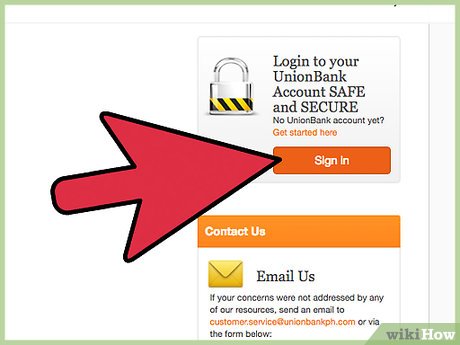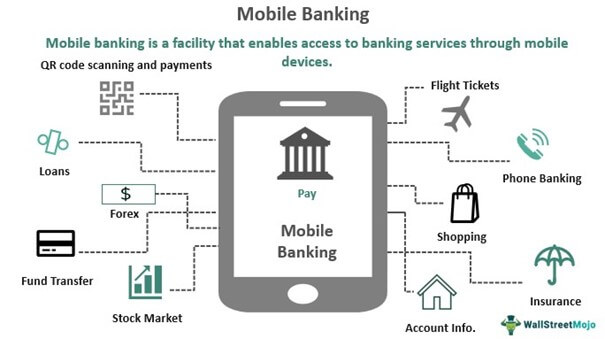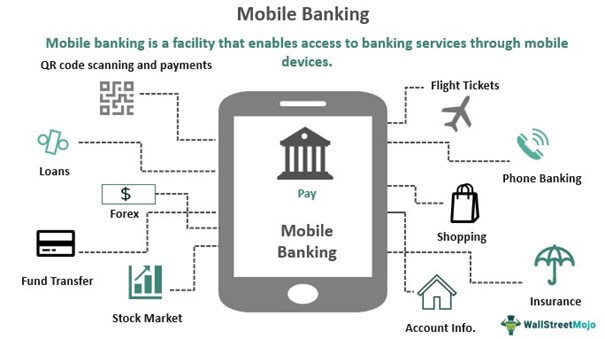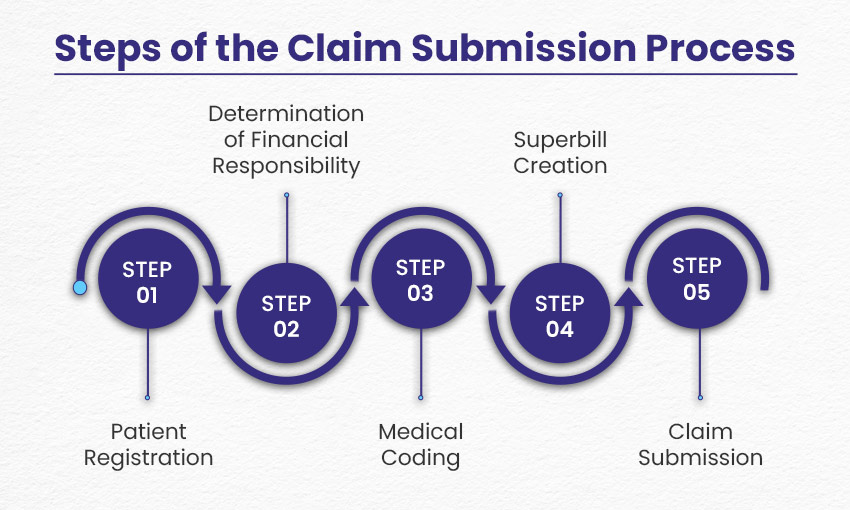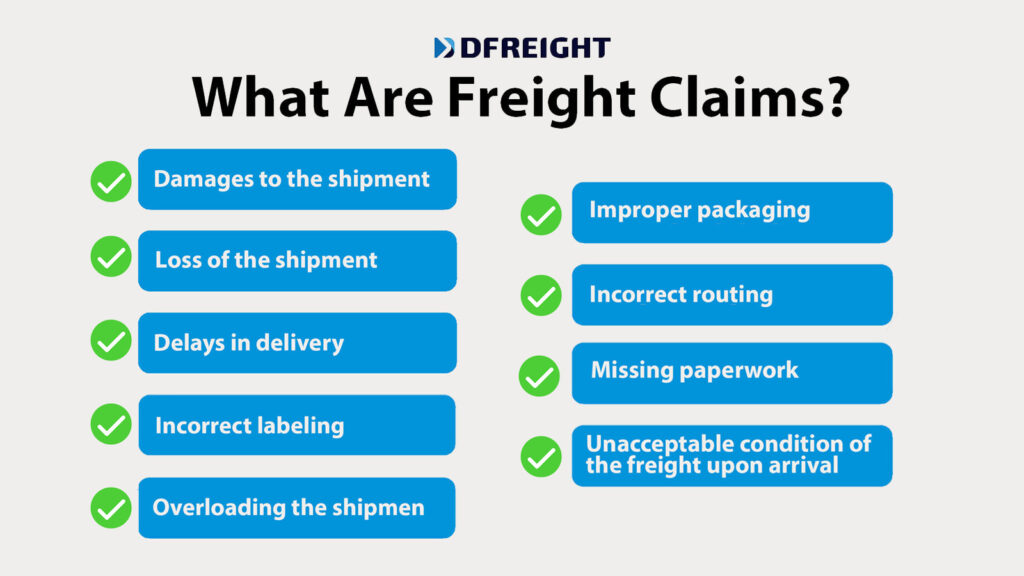Internet Banking Login: Access Your Online Banking Account. Internet banking has revolutionized the way people manage their finances. With a few clicks, users can check their balance, transfer funds, and pay bills online. However, Internet banking login security remains a critical concern. Cybercriminals constantly devise new ways to exploit vulnerabilities, making it essential for users to follow best practices when accessing their accounts online.
This article provides an in-depth guide on Internet banking login, including security measures, common threats, and best practices for safe online banking.
Understanding Internet Banking Login
Internet banking login is the process of securely accessing an online banking portal. This usually requires a username, password, and sometimes additional authentication factors such as OTPs (one-time passwords) or biometric verification. Banks implement multi-layer security to protect customers from fraud and unauthorized access.
Key Components of Internet Banking Login
- Username and Password – A unique identifier and a secure password are the first steps in authentication.
- Two-Factor Authentication (2FA) – A security measure requiring an additional verification step, such as a code sent via SMS or an authentication app.
- Secure Encryption – Banks use encryption protocols (SSL/TLS) to protect data transmission.
- Security Questions – Additional verification steps used when logging in from an unfamiliar device.
- Biometric Authentication – Some banks offer fingerprint or facial recognition for secure logins.
Common Security Threats in Internet Banking Login
Despite the advanced security measures implemented by banks, cybercriminals employ various tactics to compromise online banking accounts. Understanding these threats can help users protect themselves.
1. Phishing Attacks
Fraudsters send fake emails or text messages that appear to be from legitimate banks, tricking users into providing their login credentials.
2. Keylogging Malware
Keyloggers are malicious programs that record keystrokes to steal usernames and passwords.
3. Man-in-the-Middle Attacks
Hackers intercept communication between the user and the bank, gaining access to sensitive data.
4. Credential Stuffing
Attackers use stolen usernames and passwords from data breaches to access accounts on multiple platforms.
5. Fake Banking Apps
Some cybercriminals create counterfeit banking apps that steal user credentials.
Best Practices for Secure Internet Banking Login
To ensure the safety of your online banking activities, follow these best practices:
- Use Strong, Unique Passwords – Combine uppercase and lowercase letters, numbers, and special characters.
- Enable Two-Factor Authentication (2FA) – This adds an extra layer of security.
- Keep Software Updated – Update your browser, operating system, and antivirus software regularly.
- Avoid Public Wi-Fi for Banking – Public networks are vulnerable to cyberattacks.
- Verify Website Authenticity – Check for the padlock icon and ‘https’ in the URL.
- Monitor Account Activity – Regularly review your transactions for unauthorized activity.
- Log Out After Each Session – Always sign out after completing your banking tasks.
- Beware of Phishing Emails – Do not click on suspicious links or provide sensitive information via email.
- Use Secure Devices – Access your banking account only from trusted devices.
- Install Security Software – Use reputable antivirus and anti-malware programs.
10 Tips for Safe Internet Banking Login
- Always use official banking apps downloaded from trusted sources.
- Set up transaction alerts to receive notifications of account activity.
- Never save login credentials on shared or public devices.
- Use a password manager to store complex passwords securely.
- Clear your browser cache and history after banking sessions.
- Enable biometric authentication for an added layer of security.
- Verify customer support contacts before sharing any information.
- Regularly change your banking passwords.
- Check your bank’s official website for security updates and alerts.
- If you suspect fraudulent activity, report it to your bank immediately.
10 Frequently Asked Questions (FAQs)
1. What should I do if I forget my online banking password?
Most banks provide a password reset option through their website or mobile app. You may need to verify your identity using OTP or security questions.
2. Is online banking safe?
Yes, as long as you follow security measures like 2FA, strong passwords, and secure network connections, online banking is safe.
3. How do I recognize phishing emails?
Phishing emails often contain urgent messages, unfamiliar links, and grammatical errors. Always verify the sender before clicking on any links.
4. Can I use public Wi-Fi for online banking?
It is not recommended. Use a VPN or switch to mobile data for secure transactions.
5. What is two-factor authentication (2FA)?
2FA is an added security layer that requires a secondary verification step, such as an OTP or biometric scan.
6. How often should I change my online banking password?
It is advisable to change your password every 3-6 months for enhanced security.
7. What do I do if I suspect unauthorized access to my account?
Immediately contact your bank, change your password, and enable additional security measures.
8. Can I access online banking from multiple devices?
Yes, but ensure that each device is secure and has up-to-date security software installed.
9. How do I log out securely?
Always use the ‘log out’ button instead of simply closing the browser or app.
10. What should I do if I receive a suspicious banking-related message?
Do not click on any links. Report it to your bank and delete the message immediately.
Conclusion
Internet banking provides convenience but also poses security risks. By implementing best practices such as using strong passwords, enabling two-factor authentication, and staying alert to phishing attempts, users can ensure their online banking experience remains safe and secure.
Staying informed about the latest cyber threats and security tips is crucial for protecting your financial data. Always be proactive in monitoring your account and report any suspicious activity immediately to your bank. Following these steps will help safeguard your online banking login process, ensuring a seamless and secure experience.

